The eye-inflating flatworm -Leucochloridium paradoxum
After a snail accidentally eats this flatworm’s eggs, parasites develop in the gastropod’s body, filling its eye-stalks with sacs of larvae. The snail’s stalks then look (and wriggle) like little caterpillars, attracting the birds that the parasite needs for the next stage of its lifecycle. An infected snail is also more likely to head out into the open and, even if it manages to survive one assassination attempt, the parasite-filled stalks will grow back, dooming the snail to a life of repeated avian attacks.
The zombie wasp -Ampulex compressa
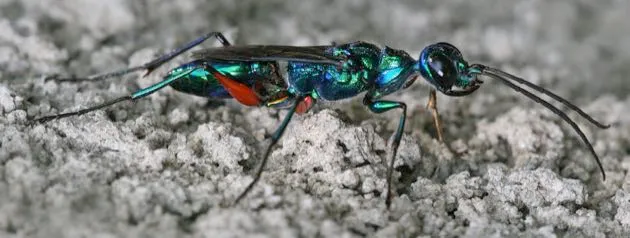
This resourceful wasp preys on cockroaches, turning them into zombies to feed its young. The female wasp aims a sting directly into the roach’s brain, disabling its escape reflex. She then leads the zombie roach back to her underground nest, lays an egg on its belly and seals it in. A larva hatches from the egg and burrows into the roach, where it devours the insect from the inside to form a cocoon from which it will later emerge as a new adult.
The tongue-eating sea louse -Cymothoa exigua
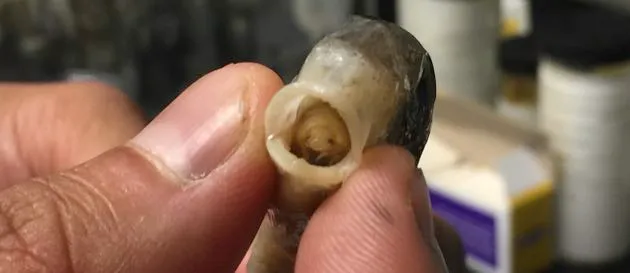
The only known parasite that not only feeds on one of its host’s body parts, but also entirely replaces the very thing it’s eaten. This gruesome sea louse makes its home inside a fish’s mouth. There it feeds on blood from the tongue until the organ withers away. The parasite then attaches itself to the fish's remaining stump and feeds on blood and mucus in the mouth. It may come as some consolation to the fish that it can use the louse exactly like its old tongue.
The eye worm -Loa loa
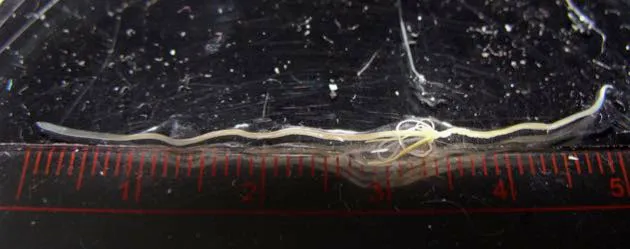
The larvae of this nematode worm infect humans through fly bites, and the adult can travel through the body’s tissue for years. Most common in west and central Africa, symptoms include itching, swelling and even brain damage in very unlucky victims. The worm only becomes obvious when it reaches the eye, where it can be easily seen and, more horribly, felt by its victim as it squirms across the soft tissue beneath the cornea. This is also when the worm is fairly simple to remove under local anaesthetic.
The dragon worm -Dracunculus
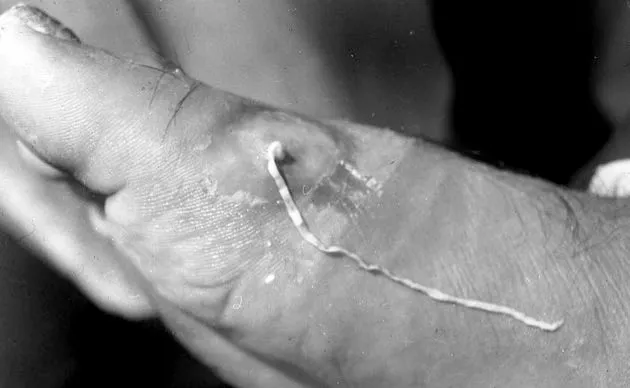
The Guinea worm, or Dracunculus, meaning ‘little dragon’ in Latin, is caught by drinking dirty water containing tiny water fleas infected with larvae. Once inside someone, the spaghetti-like female worm grows up to a metre long and emerges through the skin, usually on the legs or feet, causing a burning pain that inspired the parasite’s name. The pain can last for weeks and there’s no vaccine – the only way to get the worm out is to gradually wrap it around a stick.
The head-splitting fungus -Cordyceps fungi
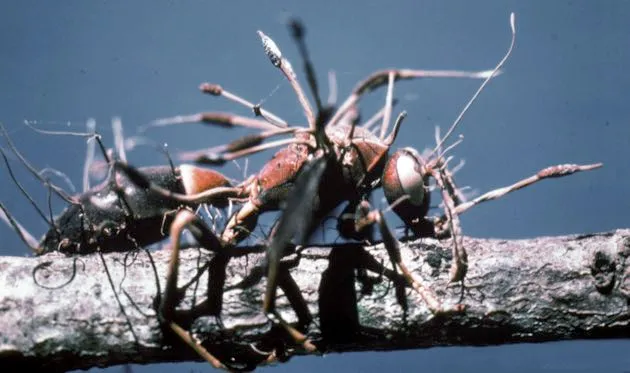
Imagine something infiltrating your body, controlling your behaviour and, when it’s done with you, bursting out of your head. That’s exactly what Cordyceps fungi do. Infected ants become disoriented and are often expelled by their colonies. The outcasts climb to the top of the nearest plant, clutch to the stem, and die. When the fungus matures, its fruiting body blooms out of the ant’s head, spreading spores on the wind to infect other hosts.
The sex-change bacteria -Wolbachia
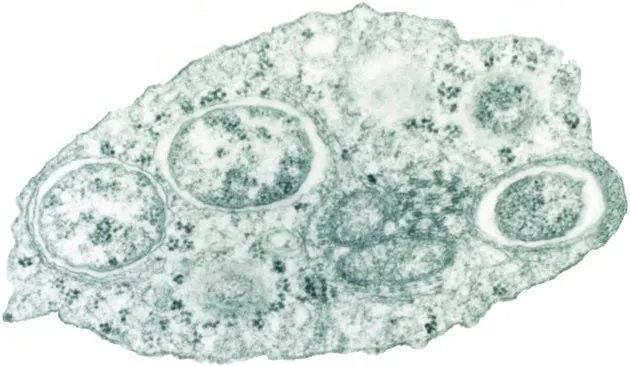
Wolbachia don’t like males. The bacteria are passed on to their host’s offspring in egg cells, meaning that males serve no purpose to them. So to improve their chances, they can kill infected males or force them to change sex, and can even make males completely redundant by enabling virgin births in females. But don’t worry – although Wolbachia have been found in humans, they can only manipulate male invertebrates such as insects and worms... so far.
The vampire fish -Vandellia cirrhosa

The tiny, eel-like candiru, Vandellia cirrhosa, lives in the Amazon and feeds on other fish by swimming into their gills and feasting on their blood. According to wary locals, it also preys on humans, entering any orifice it can find (such as the anus) and lodging itself inside using backwards-facing spines. Bloated on its blood meal, it usually dies in there and only surgery can get it out. That’s especially difficult when the candiru reportedly swims up a stream of urine and into a man’s penis.
The mind-control bug -Toxoplasma gondii
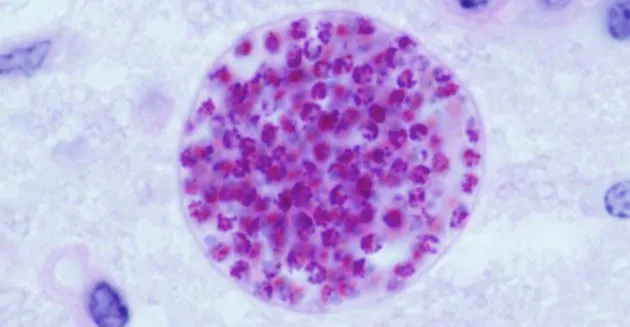
Toxoplasma is a brain-washing parasite. The microorganism infects rodents, acting directly on their brains to eliminate their fear of cats – the hapless victims are then easily caught and eaten. After the bug reproduces, it passes out of the cat, ready to be inadvertently ingested by the next rodent host. This is the regular lifecycle, but Toxoplasma can also find its way into humans from eating raw or undercooked meat, or from close contact with cats. It rarely affects felines but has been linked to some stange behaviour in humans – there’s evidence that the parasite can slow our reaction times, with infected drivers two to three times more likely to be involved in car accidents.
The womb-hijacking barnacles -Sacculina
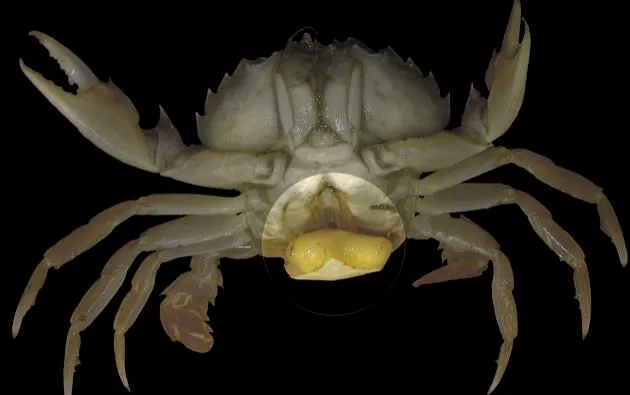
When a female Sacculina finds a female crab, it slides inside at a joint and spreads feeding tubes throughout its host’s body. Its reproductive system emerges where the female crab’s brood pouch would be. If the host crab is male, the parasite simply manipulates his hormones to make him more feminine. Male parasites then fertilise ‘her’, turning the crab into a parasite factory. The crab protects the parasite’s eggs as a mother would her own offspring.
This extract originally appeared in issue 205 of BBC Focus magazine - for complete features subscribe here.